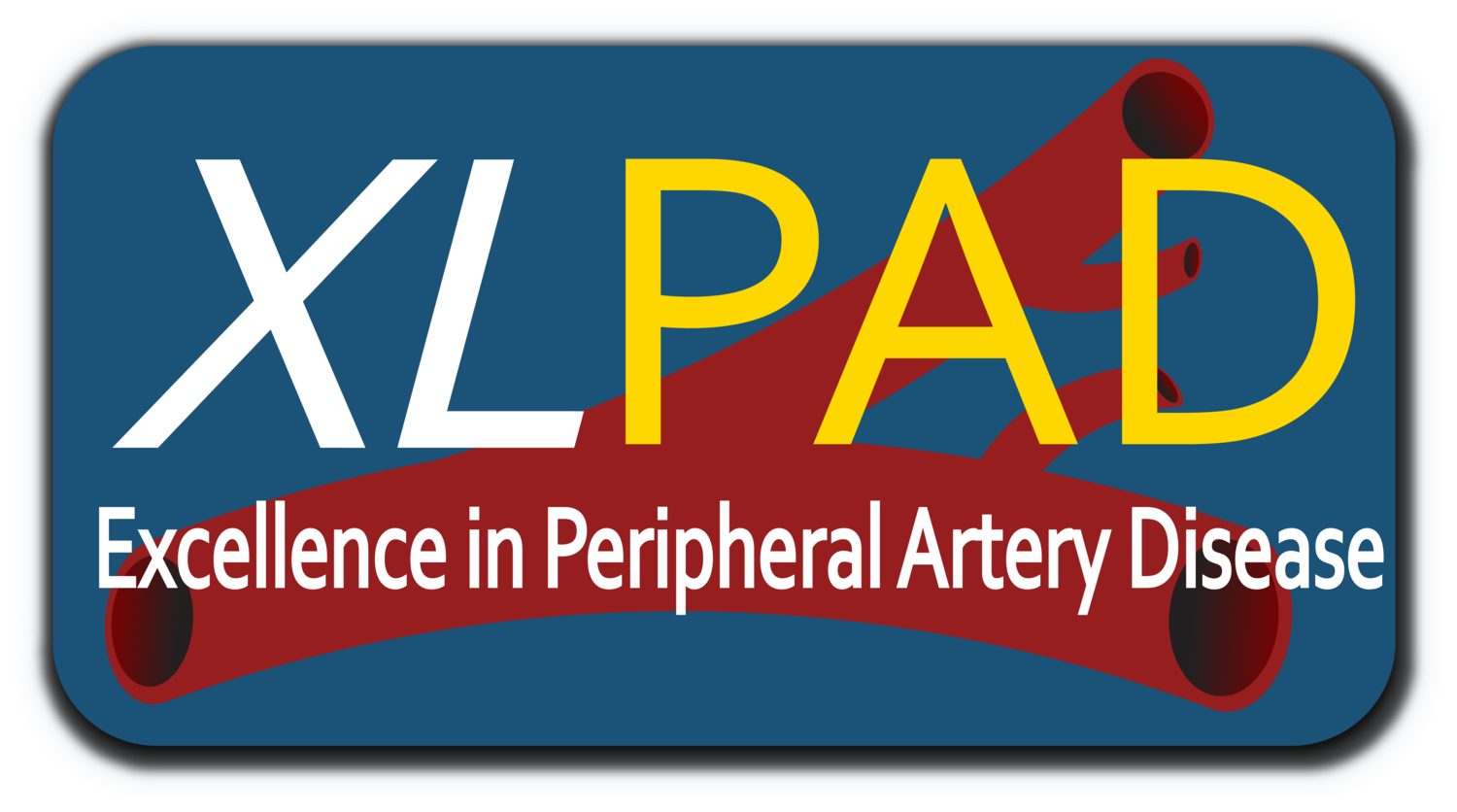Understanding Peripheral Arterial Disease
When arteries become damaged, the body, in an attempt to heal, releases plaque that surrounds the damaged sections. If the body is continually exposed to the risk factors that cause this process, the arteries will eventually clog. This process is called atherosclerosis.
As the arteries begin to clog with this plaque, the organs of the body, which rely on the arteries to deliver them blood, become unable to function properly. If left uncorrected, this can lead to stroke, heart attack, or even death.
This whole chain of events and the resulting disease is called Peripheral Arterial Disease.
There are two kinds of Arterial Disease: Coronary Arterial Disease, which affects the heart, and Peripheral Arterial Disease, which affects the extremities of the body such as the head, the arms, and the legs. Most commonly, Peripheral Arterial Disease (PAD) affects the legs.

